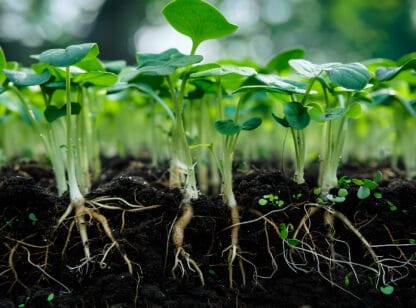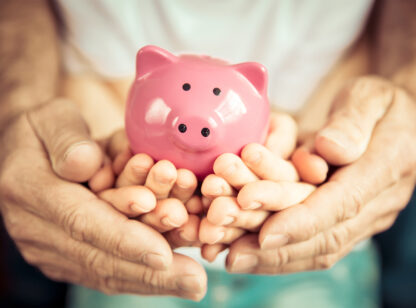
Jennifer DiFrancesco
Living in the Coachella Valley, we can be remiss in witnessing the pronounced entry and exit of the four seasons. Yet, the dramatic shift into summer is one we all experience.
While the desert landscape transitions, plants and wildflowers lose their color and become dormant. The desert floor dries up and the sun emerges at its strongest. Physiologically, for any desert dweller or visitor, there are pronounced changes that occur from within, and we must be mindful and aware of our body the minute there is an onset of heat.
There is a circadian rhythm to which our bodies innately react daily and monthly from one season to the next. It is amazing how nature sends messages of preparedness in our environment for the impending climate change. Within animals, this automatic adjustment results in slowing down with the onset of summer. The Cahuilla Indians of this desert knew to relax and do less during the summer months, as their lives were rooted in nature.
I recently returned from Havasupai in the West Grand Canyon where an elder medicine woman spoke of honoring nature. She spoke of the fact that village horses grow a thicker coat of hair before the onset of winter. We know as well, what we need in preparation for the summer months: to slow down and to listen to subtle, internal messages.
However, summer’s heat also offers the opportunity to optimize your body’s conditioning. When the temperature heats up, the blood’s capacity to carry oxygen increases. Red blood cells carry oxygen and allow us to acclimate. This is the same training that an athlete experiences when going into high altitudes.
If you approach our warmer weather with this mindset, it is important to follow a few simple steps:
- Infuse water with electrolyte tablets that contain sodium, potassium and magnesium such as NUUN tablets.
- Cool off with a weekly or daily cold water ice bath for the feet. As a vaso-constrictor, this practice assists with the reduction of swelling, and the feet are a perfect conduit for cooling off the entire body.
- Wear cotton and UV resistant clothing.
- Use a sun protection with the 3 necessities: Zinc, titanium and sweat proof.
- Wean the body into an earlier wake-up time.
- Eat less and introduce what are referred to in ayurvedic medicine as ‘air- element’ foods: salads, veggies, and other light fare.
As the temperature spikes over 100 degrees, allow 10 to 14 days for your body to acclimate. Allow 2 hours of outdoor exposure each day. In the first 5 days of heat acclimation, your body improves its cardiovascular functions. During the first 8 days, your body’s core temperature is adjusted.
Staying positive during this climate change is a useful heat remedy as well. Realize that we are all part of nature’s seasonal ebb and flow. Enjoy the change, stay positive, and remember, next season will be here before you know it!














































Comments (0)